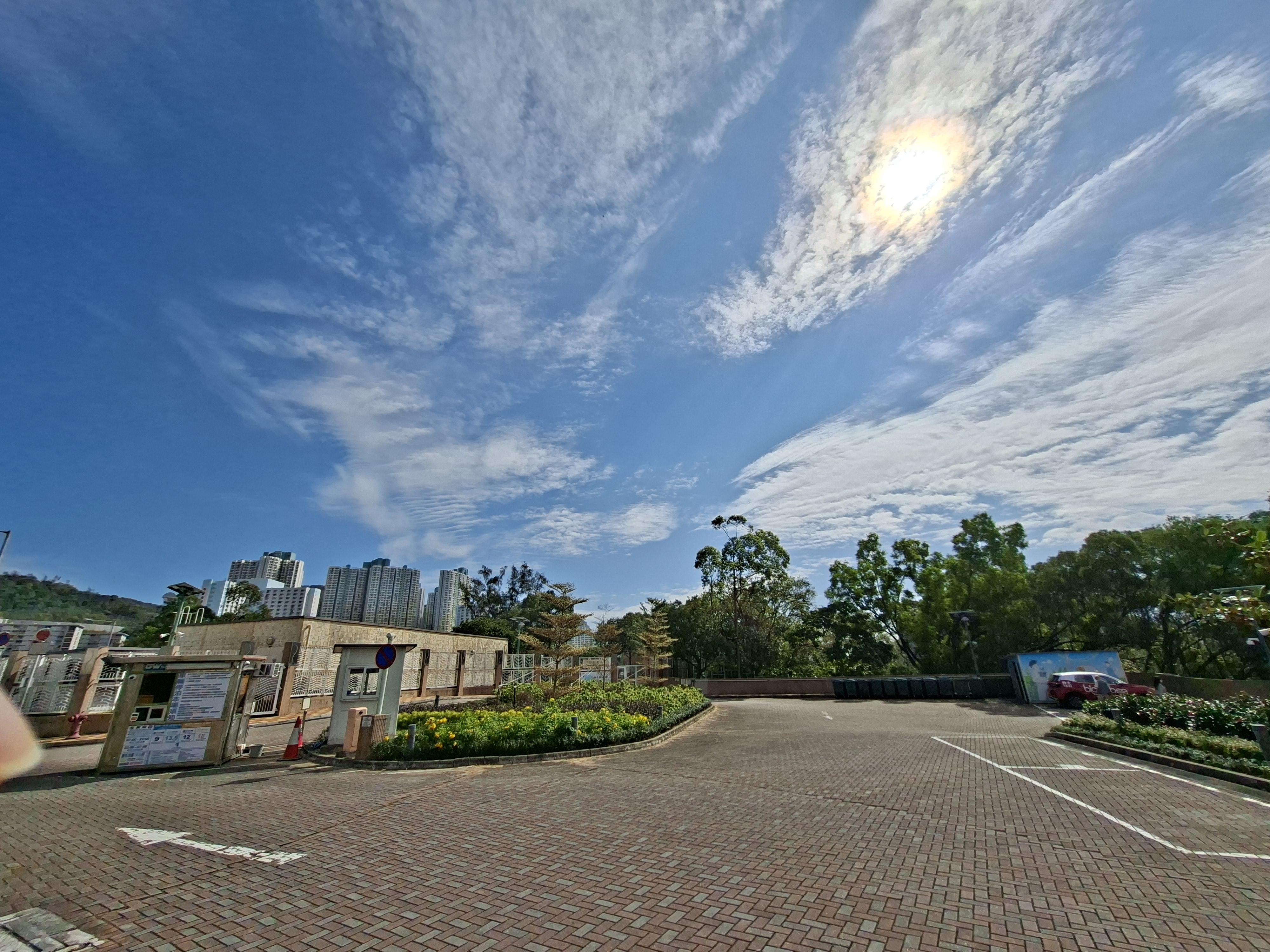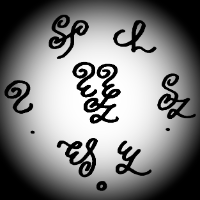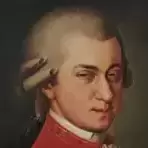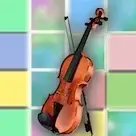-
Posts
2,828 -
Joined
-
Last visited
-
Days Won
258
Henry Ng Tsz Kiu last won the day on December 31 2025
Henry Ng Tsz Kiu had the most liked content!
About Henry Ng Tsz Kiu

- Currently Viewing Forums Index
- Birthday July 25
Contact Methods
-
Website URL
Youtube: https://www.youtube.com/channel/UCvJlL2flTJzwQYwK0QhE1SA
Profile Information
-
Biography
A self entertaining and self proclaimed composer who is known for using random pauses.
Feel free to click into the About Me section for the catalogue of my compositions: https://www.youngcomposers.com/p21047/henry-ng-tsz-kiu/?tab=field_core_pfield_24
If you wanna take a look into my music, check out my String Sextet: https://www.youngcomposers.com/t47129/string-sextet-in-g-flat-major-my-best-work-in-my-life-up-to-date/. It's the best music I am available to write up to date. -
Gender
Male
-
Location
Hong Kong
-
Interests
Reading, Listening to music, Composing, Watching Films, Thinking
-
Favorite Composers
Beethoven, esp. Late Beethoven, Bach, Brahms, Mahler, Mozart, Haydn, Vaughn Williams, Palestrina, myself Most Hated Composer: Boulez, Babbitt, Penderecki
-
My Compositional Styles
Classical, Romantic,Tonal, Pentatonic
-
Notation Software/Sequencers
Sibelius Ultimate
-
Instruments Played
Piano
Recent Profile Visitors
19,439 profile views
Henry Ng Tsz Kiu's Achievements
-
Nah, anyone who doesn't welcome him completely and embrace Suno would be considered as blasphemy. Because he considered himself as God's disciple so anyone disagreeing with him would be blasphemous and heretical.
-
Henry Ng Tsz Kiu changed their profile photo
-
Henry Ng Tsz Kiu started following I'm beginning to write a small oratorio , Calutions , Christmas Mash-up No.3 and 7 others
-

2025 Christmas Music Event!
Henry Ng Tsz Kiu replied to PeterthePapercomPoser's topic in Monthly Competitions
Yo you can post the piece individually and then link the post here! -
Hi @elmarad40! I think this piece really shows the fury of Gods to me. I like the tremolos you use throughout the piece ( it can be written in tremolo sign though), and the brass passages are solemn. Maybe more woodwind passages can be added between those strings and brass sections. Thx for sharing. Henry
-
Hi @muchen_! I like that you use Baroque tuning in the Recitativo Accompagnato and Aria (also the 8-bit sound haha). It definitely is in late Baroque style esp. with the melisma in the Aria. Thx for sharing! Henry
-
Hi @gaspard! Juicy English flavour harmonies and ornamentations in these 3 Saltarellos! I enjoy all of them and no way can I tell which one do I hate the least lol! One thing I hate... you should be more confident on yourself! Thx for sharing! Henry
-
Hi @Uhor! I love this piece! It gives an antique feeling but the language is modern, just like Vaughn Williams's approach. I like in 2:21 you reach that calm and really sacred passage (the chant?). The violin melody in 2:39 is really touching. Normally I would feel bored by the brass passage but the one in 3:54 doesn't bore me at all, because there is real solemnity here. What I think of is maybe you can add an organ here till the end as well. I enjoy the ending too. No one is "too old" for our forum! As long as we keep learning and progressing no one is old. This forum is for anyone who is willing to mutually communicate on each other's music. Only those who stop learning and consider themselves the best are old. You can continuously submit pieces to our forum! Thx for sharing! Henry
-
Hi @Some Guy That writes Music! I like that you use the opening passage as hooking passages, and then use that motive of 2nd as the main motive for the last piece, just like the structure of "Pictures at the Exhibition". I enjoy the change of style in the pieces and the 1st one is my favourite, as I love the imitation which portrays the chasing of children. (Just like the original meaning of "Fugue".) Thx for sharing! Henry
-
Hi @Alex Weidmann! Indeed the harmony creates unexpected effect. I like the modulations throughout. At b.56 when you move to E flat major I thought you were using the clichetic "up an semitone" modulation just like many boring pop songs do, but you prove me wrong haha. I don't think it sparse, especially when played in real life it will be full of pedals and the texture would not be thick at all. Only the scoring would be a bit confusing, I think you can simply write those arpeggios out in 32th notes and then have a pedal under it. This will create the same effect and without the arpeggio signs haha. Thx for sharing! Henry
-

I'm beginning to write a small oratorio
Henry Ng Tsz Kiu replied to Cafebabe's topic in Orchestral and Large Ensemble
Hi @Cafebabe! I like that you are using the French Overture format for the Oratorio with a slow, dotted passage for the A section and then a fugal fast section after it. I think you can fully extend the A section first by making it in Binary structure, instead of just an 8 bar passage. For the fugal passage of course you can extend it to a full fugue. I like the walking rhythm of the 2nd movement. The melody is nice, and probably you can extend the movement by turning it to a ternary Aria. Beware of the parallel 5th in b.4 of Ab-Eb to G-D. Thx for sharing! Henry- 1 reply
-
- 1
-

-

a piece inspired by nutcracker march
Henry Ng Tsz Kiu replied to Tunndy's topic in Orchestral and Large Ensemble
Hi @Tunndy! I think you have done a lot of good stuff here. I like the 2 bar accompaniment pick up at the beginning, the main melody with nice pizzicato accompaniment, that wind tutti chord in b.10 and later b.18 to end the piece, using of horns to soothe the vioin theme in b.11, and the nice flute countermelody in b.15. Maybe the only less agreed thing for me is the use of bassoon. In the whole piece where the bassoon appears, it is playing its high register which will be more stressed in timbre and rather unmatch with the relaxed feeling of the piece. If you really want to have those notes with a similiar timbre, you can use a cor anglais which is also a double reed instrument. Second thing of course is that you can extend the piece haha. P.S. I definitely think this piece can be put into our Christmas Event (although the deadline is January the 1st, 2026 haha!) Thx for sharing! -
Hi @mercurypickles! The first one does portrait the dreamy mood with a less firming rhythm of tied triplets, it reminds me how Schumann treat the subject. For the second piece, the thing I like the most is how you treat Ab/G#, play with its ambiguity and put it in F minor/E major, have it resolve till the very end of the work. Thx for sharing! Henry
- 1 reply
-
- 1
-

-
Hi @张文灏! This piece reminds me of how tasty a congee is lol! But I would rather not having a medicated congee, since it means I'm sick! Nice singing and arrangement of the song, thx for sharing! Henry
- 1 reply
-
- pop
- chinese folk music
- (and 4 more)
-
Hello @raymond doerr! I like your use of chimes throughout the piece. Starting from a more joyous A major and end on a calmer F major well fits the Christmas theme. Like @Wieland Handke mentioned I like the pizzicato strings at the end of the piece. Thx for joining the event and welcome to our forum! Henry
-

2025 Christmas Music Event!
Henry Ng Tsz Kiu replied to PeterthePapercomPoser's topic in Monthly Competitions
Can I steal your piece so I can earn a badge too? 😆 -

With Every Beat My Heart Knows
Henry Ng Tsz Kiu replied to HoYin Cheung's topic in Incidental Music and Soundtracks
Hi @HoYin Cheung! I think this one can easily be written to an A capella vocal piece with the addition of a bass voice. The modulations are interesting to listen to, and the original E major is actually returned at the end! As long as everything is written by yourself, using AI to generate the soundtrack wouldn't be a problem at all, since it's just a way to realize the piece you originally created. Henry












.thumb.png.8b5b433a341551e913a34392660bc95b.png)
.thumb.jpg.a1bd070fa88caa1c83527ffe77c97a41.jpg)






